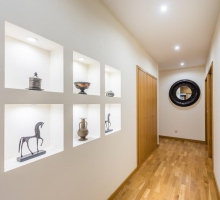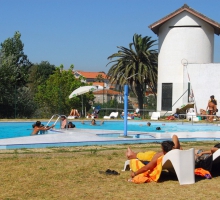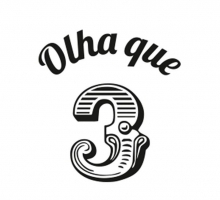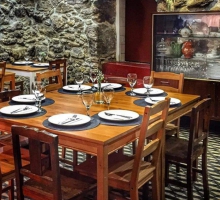Some centuries before the birth of Christ, the people of the Northwest of the Iberian Peninsula have developed ways of life characterized, among other things, by a kind of village: the
castros.
The Castros were nothing more than fortified villages, deployed in hills and with wide visual dominance. These defensive concerns were usually complemented with the construction of stone walls and / or deep ditches in order to complicate the access to the village.
The Castro de Ovil was identified in February of 1981, in a place known by Castelo, place of Monte, parish of Paramos, county of Espinho.
The village lies on a small hill that has, however, good condition of defense: the river of Paramos to the south and the southwest and a deep pit to the north and northwest.
Location: Espinho
castros.
The Castros were nothing more than fortified villages, deployed in hills and with wide visual dominance. These defensive concerns were usually complemented with the construction of stone walls and / or deep ditches in order to complicate the access to the village.
The Castro de Ovil was identified in February of 1981, in a place known by Castelo, place of Monte, parish of Paramos, county of Espinho.
The village lies on a small hill that has, however, good condition of defense: the river of Paramos to the south and the southwest and a deep pit to the north and northwest.
Location: Espinho








